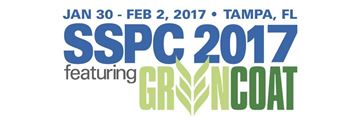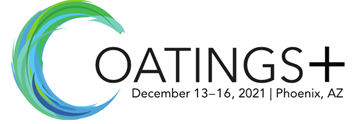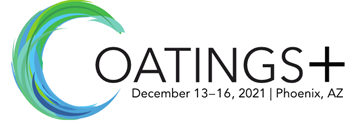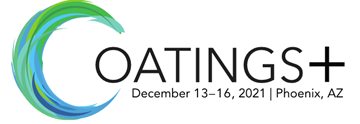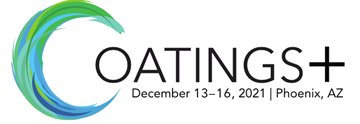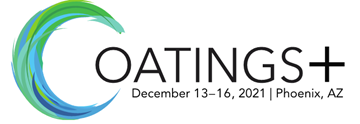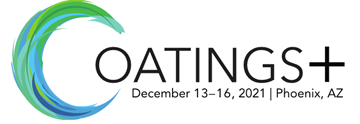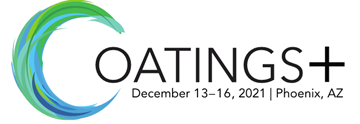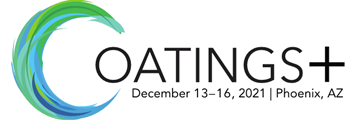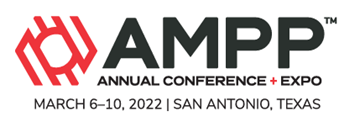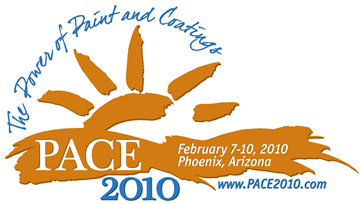Search
Coatings
View as
Sort by
Display
per page
(Mg Rich Primer-Powder Topcoat) Coating System for the Corrosion Protection of Al Alloys
Product Number:
51217-052-SG
Publication Date:
2017
$20.00
(Pipeline, Oil & Gas) A Hot Spread Epoxy Phenolic Coating for CUI Mitigation: From Confusion to Fusi
Product Number:
30-COAT_DEC21
Publication Date:
2021
$20.00
(Pipeline, Oil & Gas) Advantages of a True 100% Epoxy, Pipeline Coating in Cold Weather vs. The Comm
Product Number:
22-COAT_DEC21
Publication Date:
2021
$20.00
(Pipeline, Oil & Gas) Creating and Applying a Single Coat Nano Non-Skid Deck Epoxy
Product Number:
32-COAT_DEC21
Publication Date:
2021
$20.00
(Surface Prep) Don’t Let Your Eyes Deceive You
Product Number:
67-COAT_DEC21
Publication Date:
2021
$20.00
(Surface Prep) National Shipbuilding Research Program Surface Preparation and Coatings Panel SSPC 2
Product Number:
48-COAT_DEC21
Publication Date:
2021
$20.00
(Surface Prep) Power Tool Surface Preparation in Shipyards
Product Number:
64-COAT_DEC21
Publication Date:
2021
$20.00
(Tanks) Advantages of Using 100% Solids Epoxy as Potable Water Linings
Product Number:
72-COAT_DEC21
Publication Date:
2021
$20.00
(Testing) Importance and Correlation of Accelerated Weathering Versus 10 years of South Florida Exposure
Product Number:
03-COAT_DEC21
Publication Date:
2021
$20.00
(Testing) In Line 3D Characterization of Substrates Through Final Coat
Product Number:
01-COAT_DEC21
Publication Date:
2021
$20.00
“Dollars & Cents - You Make The Choice: A Look At Elastomer Polyurethane Versus Epoxy Laminate Lining Systems For The Linings Of Water Or Wastewater Structures”
Product Number:
51322-18202-SG
Publication Date:
2022
$20.00
“FOURIER TRANSFORM INFRARED SPECTROSCOPY TO VERIFY CHEMICAL CONSISTENCY OF INDUSTRIAL COATINGS THE APPLICATION OF INSTRUMENTAL COMPARATIVE METHODS
Product Number:
41210-560-SG
Publication Date:
2010
$20.00

